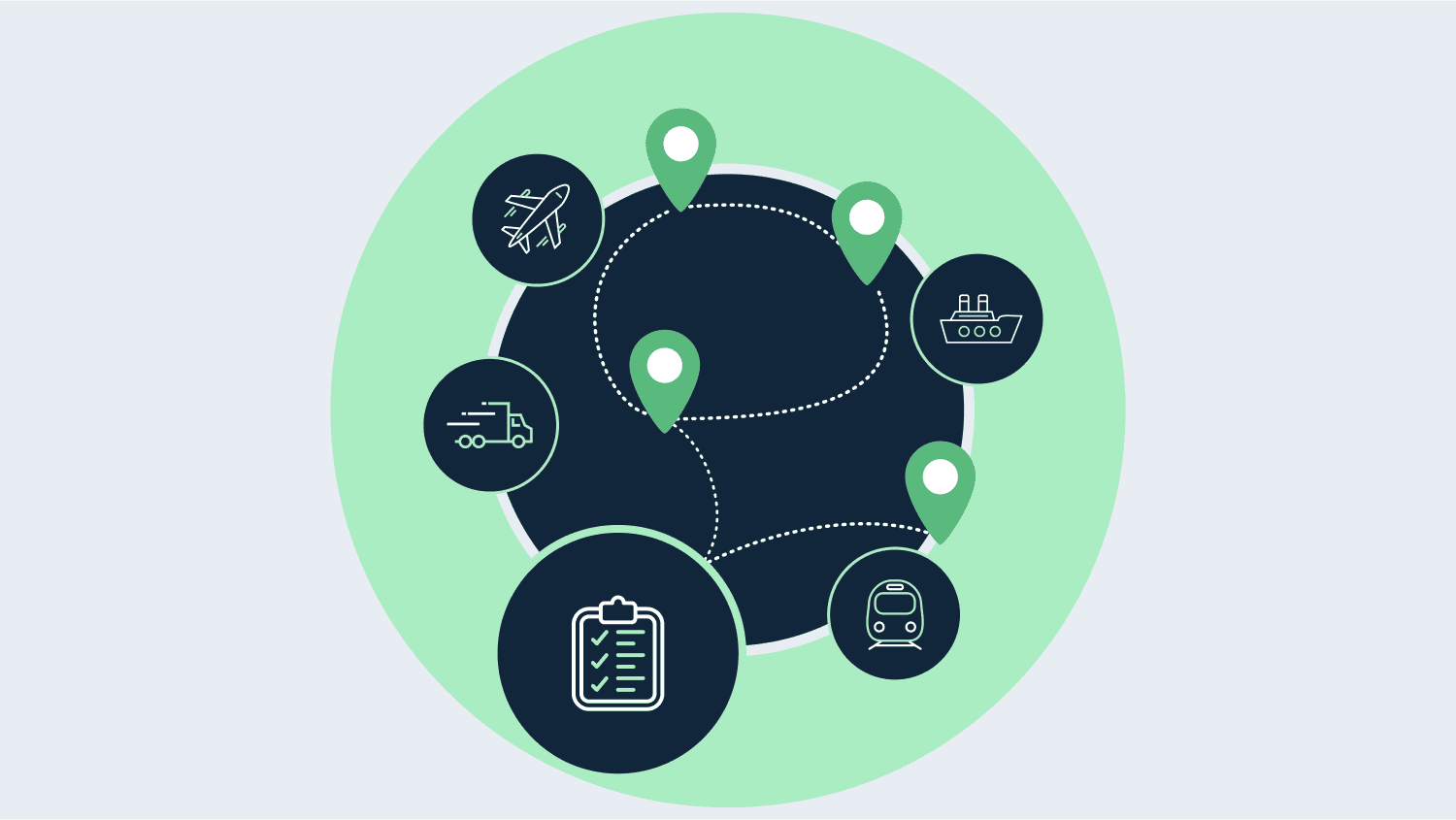Problem Statement
In an industry (such as home appliance, furniture,) where transportation costs are so high compare to the value of the shipment, you’d expect every shipment to be optimized for efficiency and cost. But more often than not, shipments aren’t consolidated as they should be. If we waited just half a day or combined shipments from nearby locations, we could take advantage of larger shipment sizes or shift from LTL to FTL, significantly reducing costs per pallet.
The problem is that these opportunities are often overlooked because the sheer volume of variables and millions of shipments make it nearly impossible to manage in an optimal way. While “route optimization” is a common buzzword, most solutions can’t handle more than a few thousand shipments, leaving companies stuck with suboptimal processes.
This gap in consolidation leads to unnecessary transportation costs, with dollars wasted on shipments that could have been optimized if the right solution were in place.
Solution Statement
A few years ago, we worked with a furniture company shipping around 300,000 orders per month from three national DCs to stores across the country. Their process for deciding which orders to group into shipments and when to dispatch them relied heavily on overloaded spreadsheets—a system that got the job done but left a lot of room for inefficiency.
That’s why we at Sophus developed a universal algorithm called Freight Consolidation. This AI-driven solution optimizes how orders are consolidated into shipments, factoring in all key transportation constraints. It’s powerful enough to handle hundreds of thousands of shipments in one go, making the entire process faster, smarter, and far more cost-effective.










